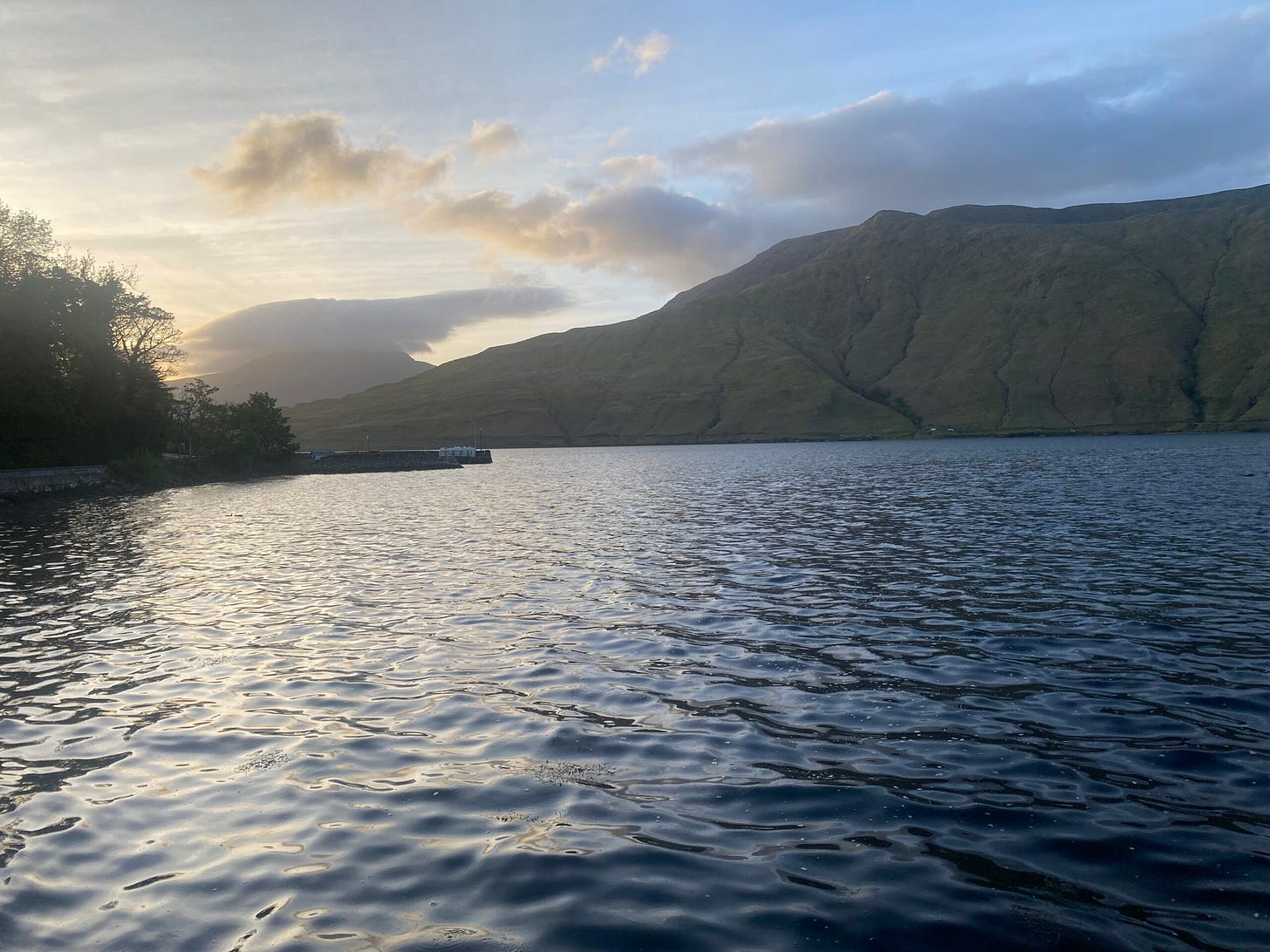Groundbreaking research on sea lice effects + why commercial netting on Blackwater must end | Salmon Watch Ireland Newsletter
The latest Salmon Watch Ireland newsletter reports on a landmark study led by Dr.Patrick Gargan, formerly of Inland Fisheries Ireland, and colleagues, who have delivered the clearest evidence yet that sea lice from salmon aquaculture are harming wild Atlantic salmon.
Published in the Journal of Animal Ecology, the research analyses 18 years of data and finds that untreated young salmon migrating near fish farms suffer 18% lower return rates as adults compared to those protected from lice.
Key findings include:
Treated salmon had a 22% higher survival rate on average.
Lice pressure was a major driver: survival dropped sharply with increasing lice densities.
Even treated fish suffered reduced returns under high lice pressure, indicating partial resistance to treatment.
The effects of lice were especially severe when smolts were released earlier in the season—timing matters.
This study essentially demonstrates that wild salmon are at significant risk during smolt migration. The study also calls into considerable doubt the ongoing attachment by regulatory bodies to research carried out by the Marine institute which is now firmly at odds with this research.
Salmon Watch Ireland will be using this research in future to legally challenge regulatory bodies on licensing of salmon farms.
This is a very significant piece of work, and the authors Patrick Gargan, Michael Millane, Robert Lennox, and Knut Wiik Vollset, should be congratulated by everyone interested in salmon conservation.
More information on this paper can be found at:
https://besjournals.onlinelibrary.wiley.com/doi/10.1111/1365-2656.70051
***
The Case for Discontinuing Commercial Salmon Fishing on the Munster Blackwater
Salmon Watch Ireland has made a case to have the commercial salmon fishery closed on the Munster Blackwater due to two contributing rivers entering the tidal section upstream of this commercial fishery, failing to reach their conservation limit. These designated salmon rivers which are protected under the Habitats Directive, and which have suffered a consistent and alarming decline in juvenile salmon density should not be subject to any exploitation and it is our view that the evidence of continuing decline is stark and cannot be allowed to continue.
This is a similar situation that pertained in Castlemaine Harbour and which was subject to a High Court Judicial Review. This fishery was closed by order of the Department to reflect best scientific practice and to comply with EU and Irish laws.
***
Read the full Salmon Watch Ireland newsletter at:
https://salmonwatchireland.ie/2025/05/29/issue-number-14-30-may-2025-salmon-watch-ireland/

